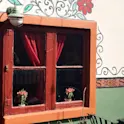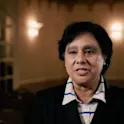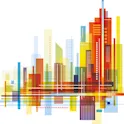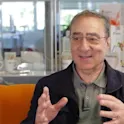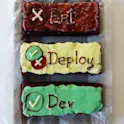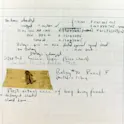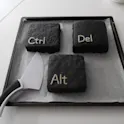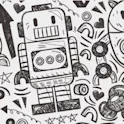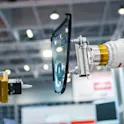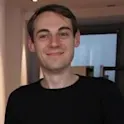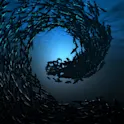
Engineering
31 May 2016
Complexity of the unexpected
by Mikhail Prokopenko, Centre for Complex Systems, University of Sydney Complex systems is a new approach to science, engineering and management that studies how relationships between parts give rise to the collective behaviors of the entire system, and how the system interacts with its environment. Dynamics of a complex system cannot be predicted, or explained, as a linear aggregation of the individual dynamics of its components, and the interactions among the many constituent microscopic parts bring about macroscopic phenomena that cannot be understood by considering any single part alone (“the whole is more than the sum of the parts”). Complex systems are often confused with complicated systems which may also comprise a large number of components and interactions. This is not surprising: after all, both concepts express a notion opposite to being simple or straightforward. The two terms also share a common Latin origin: complexus originates from complectī (“to entwine or encircle”), derived in turn from com- (“together”) and plectere (“to weave”), while complicātus is a form of complicāre (“to fold together”) which augments com- (“together”) with plecāre (“to fold”). So how significant is the difference between weaving and folding some parts together? Naively, this subtle distinction reflects on different […]
